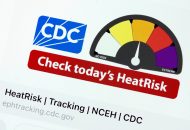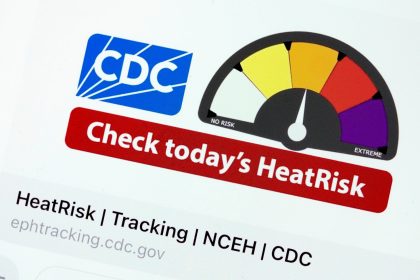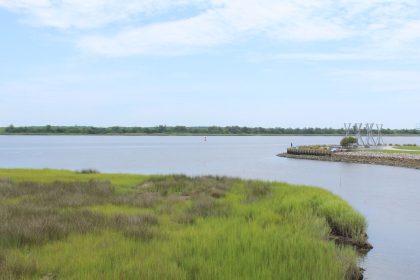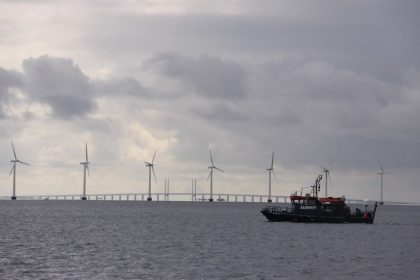EPA Poised to Place First Limits on Power Plant Emissions
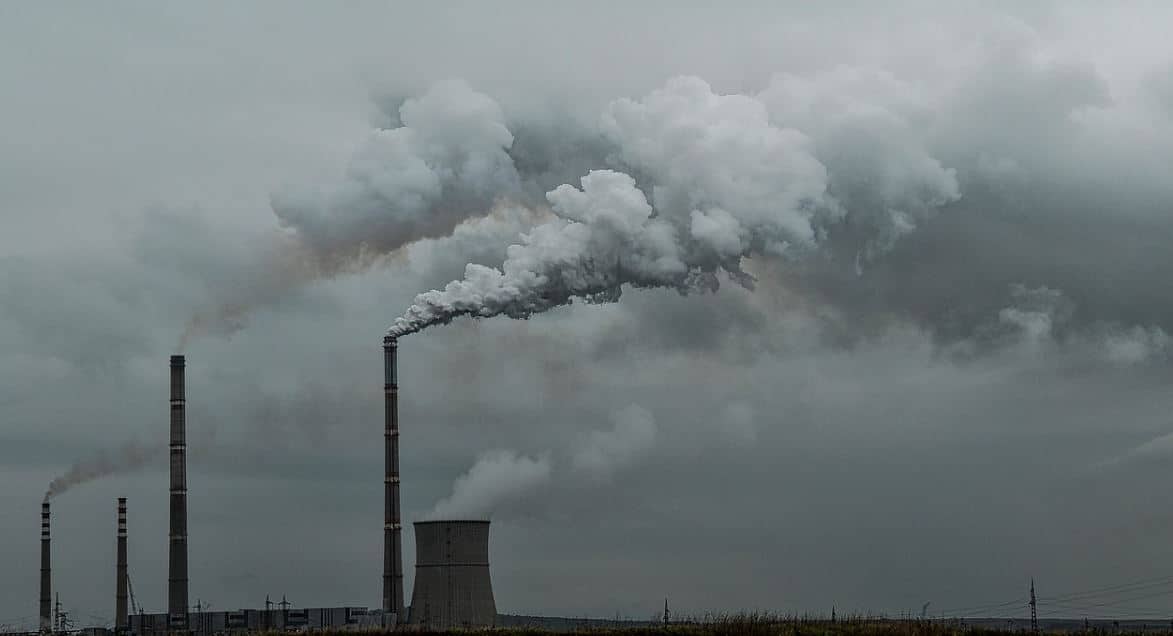
WASHINGTON — The Environmental Protection Agency is reportedly close to imposing first-of-their-kind limits on carbon emissions from existing power plants.
According to multiple reports, the Biden administration will impose limits on greenhouse gas emissions to compel power plant operators to capture particulate matter and gasses before they exit their smokestacks.
Present estimates suggest as much as a quarter of all greenhouse gasses emitted in the U.S. come from its roughly 3,400 coal- and gas-fired power plants.
If the rule, which is currently being reviewed by the White House’s Office of Management and Budget, does come to pass in what is believed to be its present form, nearly all plants would have to cut or capture nearly all of their carbon dioxide emissions by 2040.
The rules would not mandate the use of existing carbon capture equipment, which is costly, but instead would set caps on pollution rates that plant operators would have to meet.
While some might opt to go the carbon capture route, others — namely those that operate newer gas-powered plants — can adapt by switching to green hydrogen, which does not emit carbon.
If the plan does move forward, President Biden will be fulfilling a goal the Obama administration failed to get off the ground during its last months in office.
Back in 2015, then-President Barack Obama sought to impose a “Clean Power Plan” that would reduce carbon dioxide emissions by 32% of 2005 levels by 2030. At the time he said that by setting carbon pollution reduction goals for power plants and enabling states to develop “tailored” implementation plans to meet those goals, the Clean Power Plan was a “strong, flexible framework” for success in addressing climate change.
What Obama didn’t count on was a Supreme Court that would block implementation of the plan and a successor, in President Donald Trump, who would roll back the rules.
A few, meaningful things have changed since then.
First, like just about every technology on the green energy and climate front, carbon capture technology has gotten both better and somewhat less expensive than it was eight years ago.
Second, the Inflation Reduction Act not only classified greenhouse gasses as pollutants that can be regulated by the Environmental Protection Agency, it included tax credits to power plant operators that make carbon capture more affordable.
The latter comes with a proviso, however: The debt ceiling plan put forward by House Republicans last week includes these tax credits with scores of others related to clean energy that they want to eliminate.
Third and finally, the Supreme Court last summer affirmed the EPA’s authority to regulate carbon emissions from power plants in at least a limited way, seeming to pre-empt some of the legal challenges that stymied the Obama plan.
Dan can be reached at [email protected] and @DanMcCue













